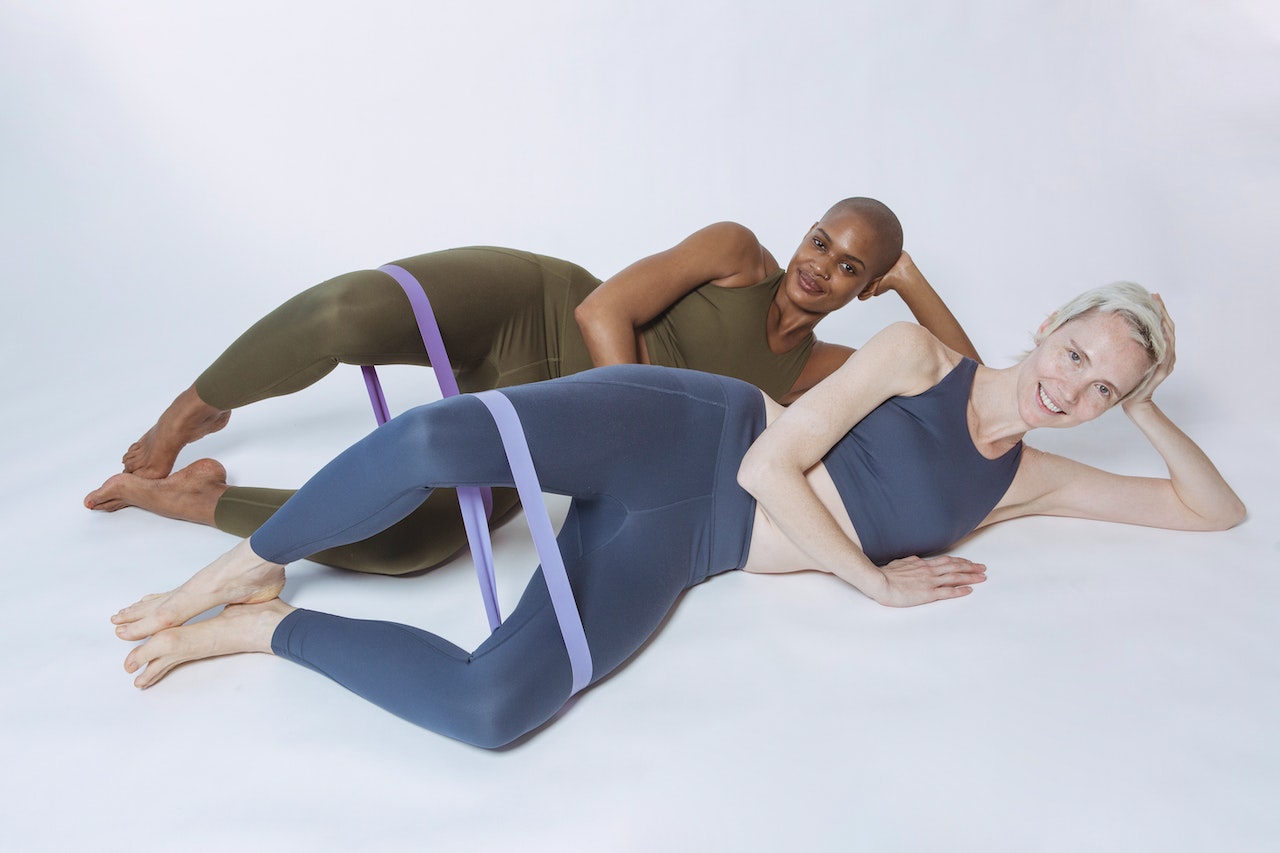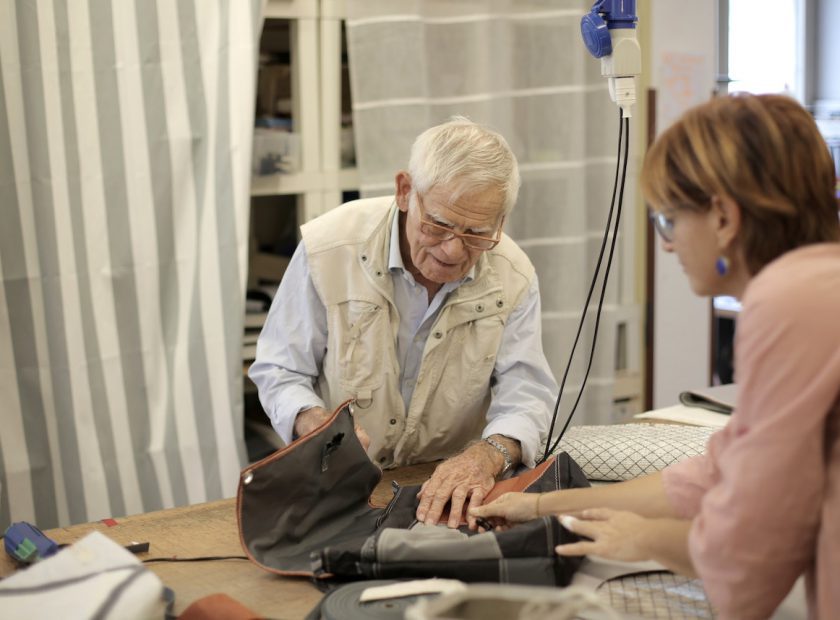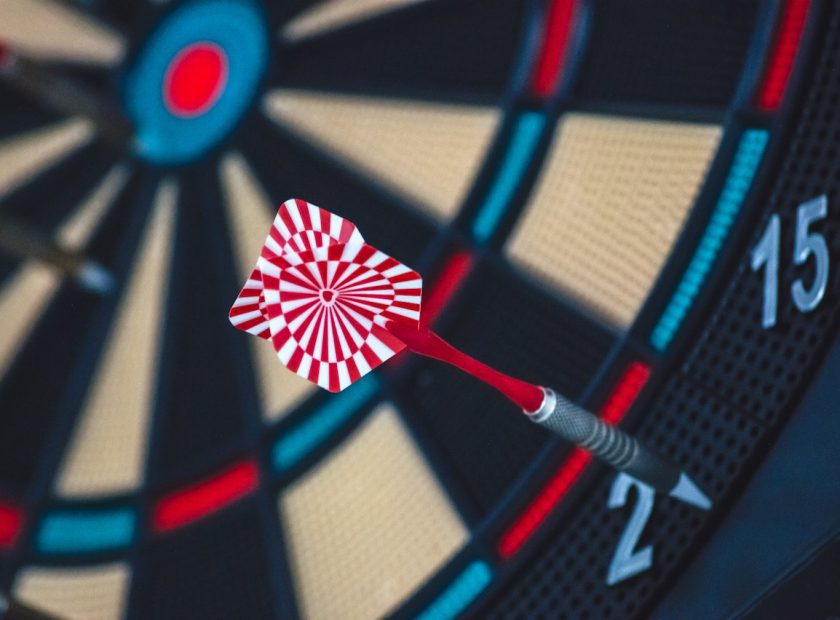Stay Active and Age Gracefully: Tips for Incorporating Exercise into Your Daily Routine

As we age, maintaining an active lifestyle becomes an essential aspect of staying healthy and happy. Engaging in regular physical activity has been proven to have numerous physical and mental health benefits, including reducing the risk of chronic diseases, boosting mood and cognitive function, and improving the overall quality of life. However, incorporating exercise into your daily routine can be challenging, especially for seniors. That’s why in this article, we’ll explore some practical tips for incorporating exercise into your daily routine so that you can age gracefully.
Why Exercise is Important for Aging Gracefully
Regular exercise is crucial for maintaining physical health, especially as we age. Engaging in physical activity can help improve cardiovascular function, bone density, and flexibility. It can also help control weight, reduce the risk of chronic diseases like diabetes, heart disease, and stroke, and improve joint mobility.
Moreover, research has shown that consistent aerobic exercise can help improve cognitive function and decrease the risk of dementia and Alzheimer’s disease. Exercise can also help reduce the risk of falls for seniors by improving balance and coordination.
The Benefits of Exercise on Mental Health
Exercise is beneficial not only for physical health but also for mental health. Regular physical activity helps boost mood, reduce stress and anxiety, and improve sleep quality. Exercise increases the production of endorphins, which are natural mood boosters that help alleviate depression and anxiety symptoms.
Moreover, engaging in regular physical activity promotes social engagement, improves self-esteem, and enhances overall well-being. Exercise is an excellent way to combat feelings of isolation and loneliness, which is especially essential for seniors who may be prone to these feelings.
Tips for Incorporating Exercise into Your Daily Routine
One of the essential things to consider when starting an exercise routine is to start small and build up gradually. Starting with a few minutes of exercise daily and gradually increasing the duration and intensity can help prevent injury and allow your body to adjust to the new routine.
If you’re new to exercise or have not engaged in physical activity for some time, start with activities like walking or light stretching. As you become more comfortable, you can add resistance training, aerobic activities, and high-intensity interval training.
Mix it Up – Variety is Key
Incorporating variety into your exercise routine can help keep you motivated and prevent boredom. Mixing up your exercise routine can also help prevent injuries and boost overall fitness levels. Try different activities that you enjoy or experiment with various exercise routines such as bodyweight exercises, yoga, or tai chi.
Find Exercise Buddies and Accountability Partners
Having a support system can help you stay motivated and committed to your exercise routine. Engaging in activities with friends or family members can make exercise more enjoyable and social. Moreover, having an accountability partner, whether it be a friend, family member, or personal trainer, can help keep you on track and motivated.
Recommended Types of Exercise for Seniors
Low-impact aerobic exercises are a great way for seniors to engage in cardiovascular exercise without putting too much stress on the joints. These activities can include walking, swimming, cycling, or using a stationary bike. Even activities like gardening or housekeeping can be beneficial for cardiovascular health.
Resistance Training
Incorporating resistance training into your exercise routine can help improve muscular strength, bone density, and endurance. Options for resistance training can include lifting weights, using resistance bands, or performing bodyweight exercises like squats, lunges, and push-ups.
Balance and Flexibility Exercises
Balance and flexibility exercises are essential for promoting mobility and reducing the risk of falls. Activities like yoga, tai chi, and stretching can help improve balance and reduce the risk of injury while performing daily activities.
Conclusion
Staying active is essential for maintaining a happy and healthy life, especially as we age. Regular physical activity has numerous physical and mental health benefits, including reducing the risk of chronic diseases, boosting mood and cognitive function, and improving the overall quality of life.
Final Thoughts and Encouragement to Take Action
Incorporating exercise into your daily routine may seem challenging, but it’s essential for staying healthy and aging gracefully. Start small, mix up your routine, find exercise buddies, and incorporate a combination of aerobic, resistance, balance, and flexibility exercises. Remember, it’s never too late to start, and even small amounts of physical activity can have a significant impact on your health and well-being.








